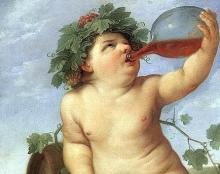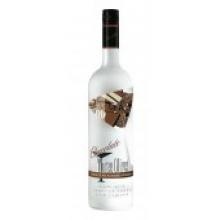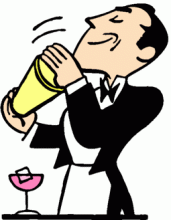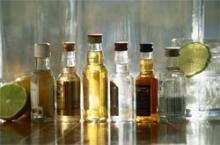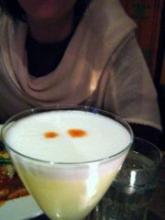How to Drink When You're: In Southern California
Drinking is a subculture. Or rather, it's an indulgence that manages to be a different subculture in every region where it takes place. One would think that global marketing and ease of travel would render regional drinking a thing of the past, but just because it's technically possible to bring any kind of spirit to any place in the modern world doesn't mean that there's a demand for everything everywhere. Regionalism as a larger concept is still going strong (and some would argue it's more pervasive now than ever), so it's difficult to impossible to bring your drinking habits with you when you're in a different place. The things you like, the places in which you enjoy them and even the types of people you expect to meet will be missing or at least out of place. The lush's advice? Don't struggle, just go native. Better to drink like the locals than to try to haul your habit into a place where it doesn't belong. So, today we're going to learn how to drink when you're a stranger in Southern California.
SoCal is a weird place. It does this on purpose. It may not be as wantonly weird as, say, Portland, Oregon but it's damn well marinated in its own strangeness. It's hopelessly distributed, though not as the Midwest or Southwest are. Unlike a place such as Texas which is just a series of oases in a vast, intimidating nothing, Southern California is like one, very large city stuffed into a blender and pureed with the top off. Little chunks of urban-like neighborhoods pop up in places like Santa Monica, downtown Irvine and the area around UC San Diego, but the spaces between are long, winding roads of nothing and streets that terminate in the Pacific Ocean.
This setup makes for some odd bar experiences. The utter lack of urban density means that awesome, home-away-from-home bars are especially hard to find. Make no mistake, they're there, but you'll never find them without a savvy local to act as your sherpa through the strange expanse. What you will find in abundance are infinitely young, trendy night spots. These are the places that cater to SoCal's endless supply of plastic fashion dolls and the indulgences they spend most weekends funding. They are bars that name Absolut a call brand when any discerning drinker knows it belongs in the well, bars where sickly-sweet sample cups of Acai liqueur orbit the tables like doomed, oblong moons around a gas giant. Your best bet in places like these is to have a simple, standard, idiot-proof drink you can enjoy while you relax and give yourself over to the gaudy atmosphere. Think rum and coke, gin and tonic, vodka and cran, or any other "thing and thing" combination. Sure, you could get a martini, but it'll cost you your first born and come to you watery.
This isn't to say you can't drink well in SoCal, you just have to look beyond the bar scene. One thing Los Angeles County has in abundance is sharp restaurants. With the decidedly West Coast flare of frequent avocado, Mexicali infusion and a tendency toward light fare, 3-star plus restaurants in Southern California have the incentive to put a cocktail in front of you that's interesting and refreshing. Get to know the right eateries and sidle up to the bar to taste something worthwhile.
Beer drinkers have a tough time of it in SoCal, though. Really, there isn't much to speak of in terms of suds once you go west of Austin and south of San Francisco. The southernmost counties of California haven't hopped on board the microbrew express, so even if you go to a brewpub that pulls a couple dozen drafts, you're not likely to find much to write home about. You'll be up to your ears in pale-golden Mexican beer (great on a hot day, just not especially complex) and you'll probably find a bottle of one of the sharp ales that come out of the Bay area. Just don't waste your time turning over stones for a decent IPA or an already rare Trippel.
All in all, drinking in Southern California is reflective of the rest of the cultural atmosphere of the region. It's hard to find simple, honest stuff and it's easy to get lost in all things tan and blonde. But with a respect for what the place does right and a willingness to relax, you can drink it all in with a new-found love of the weirdness.

